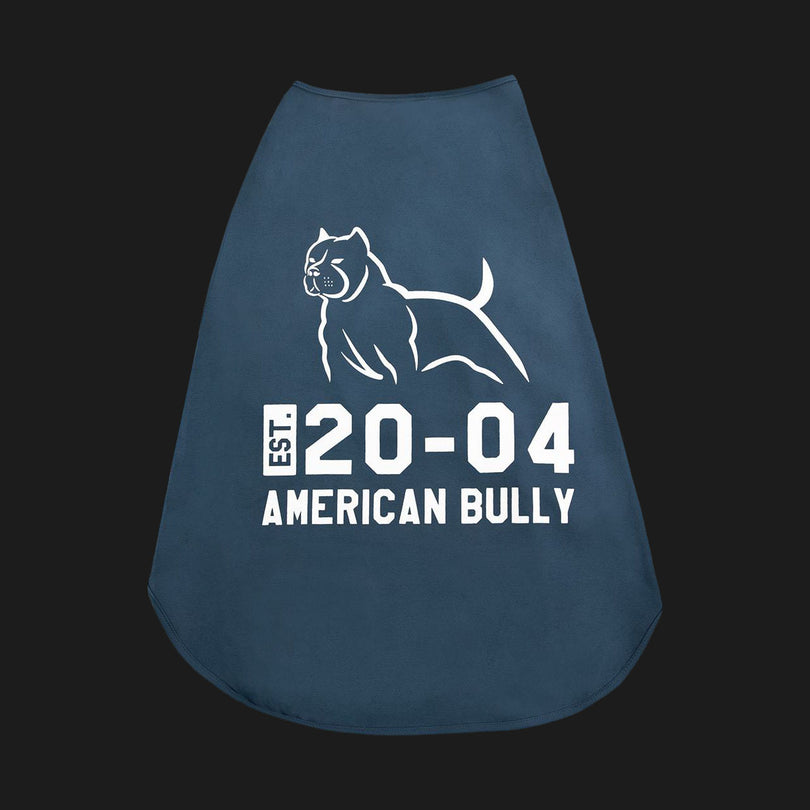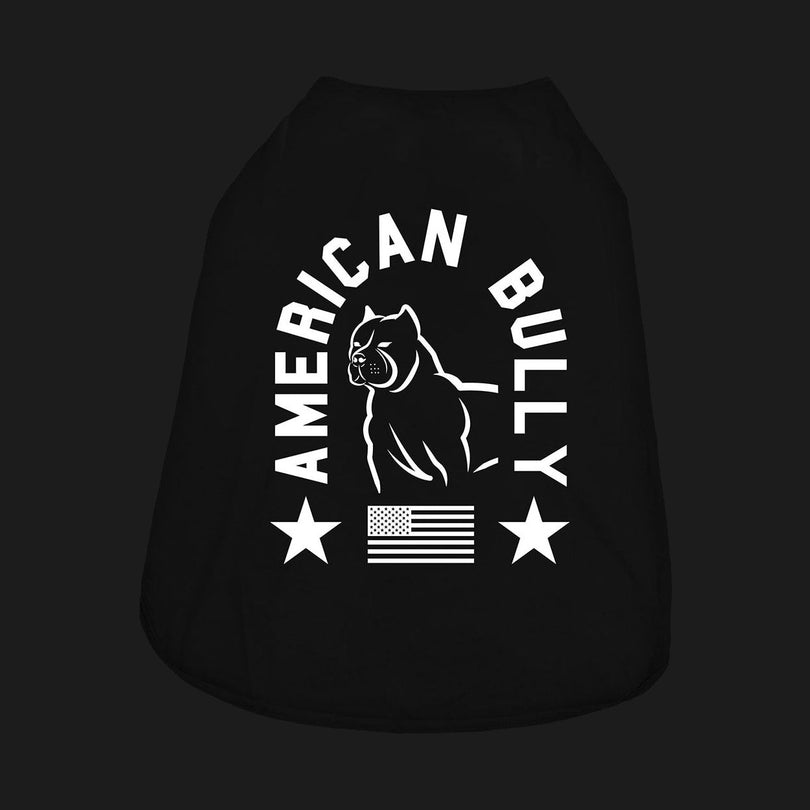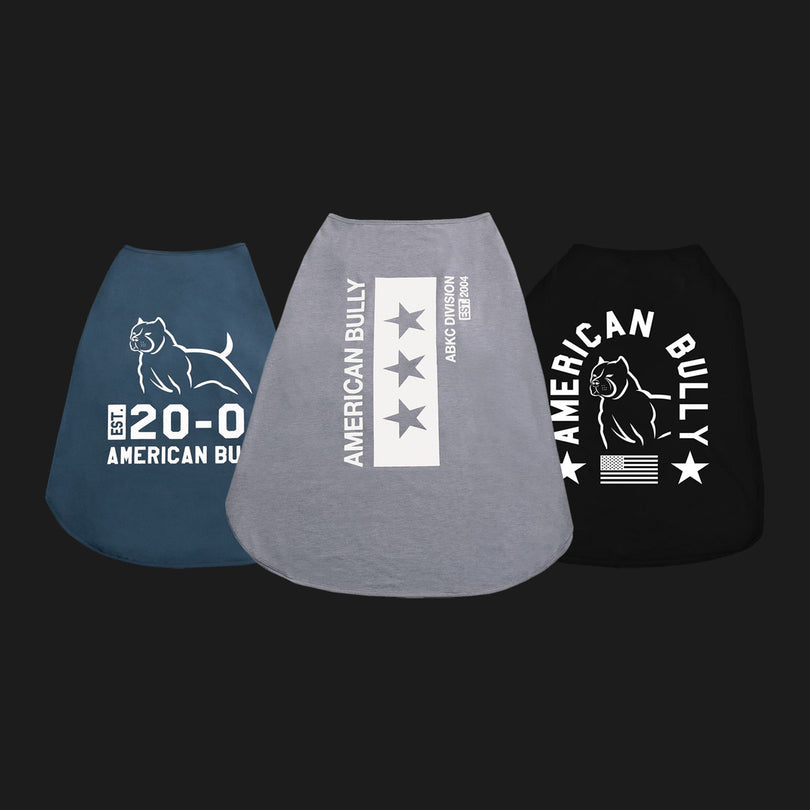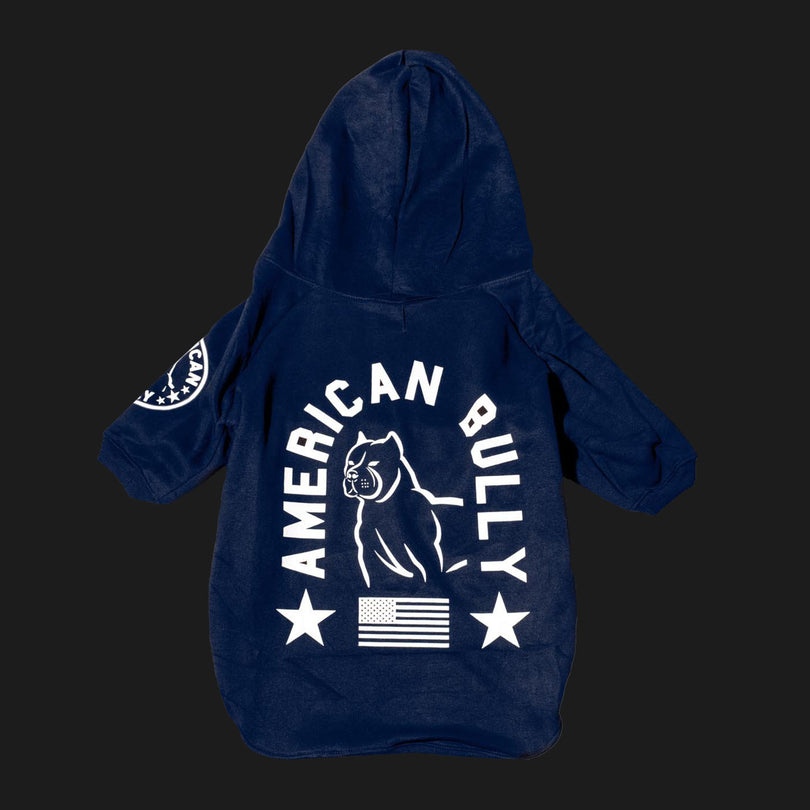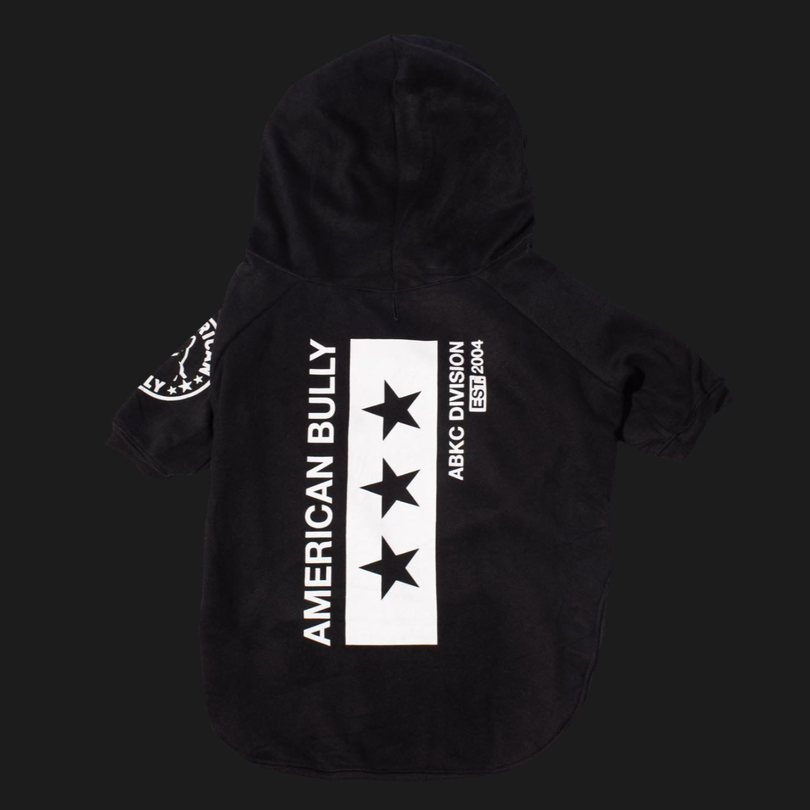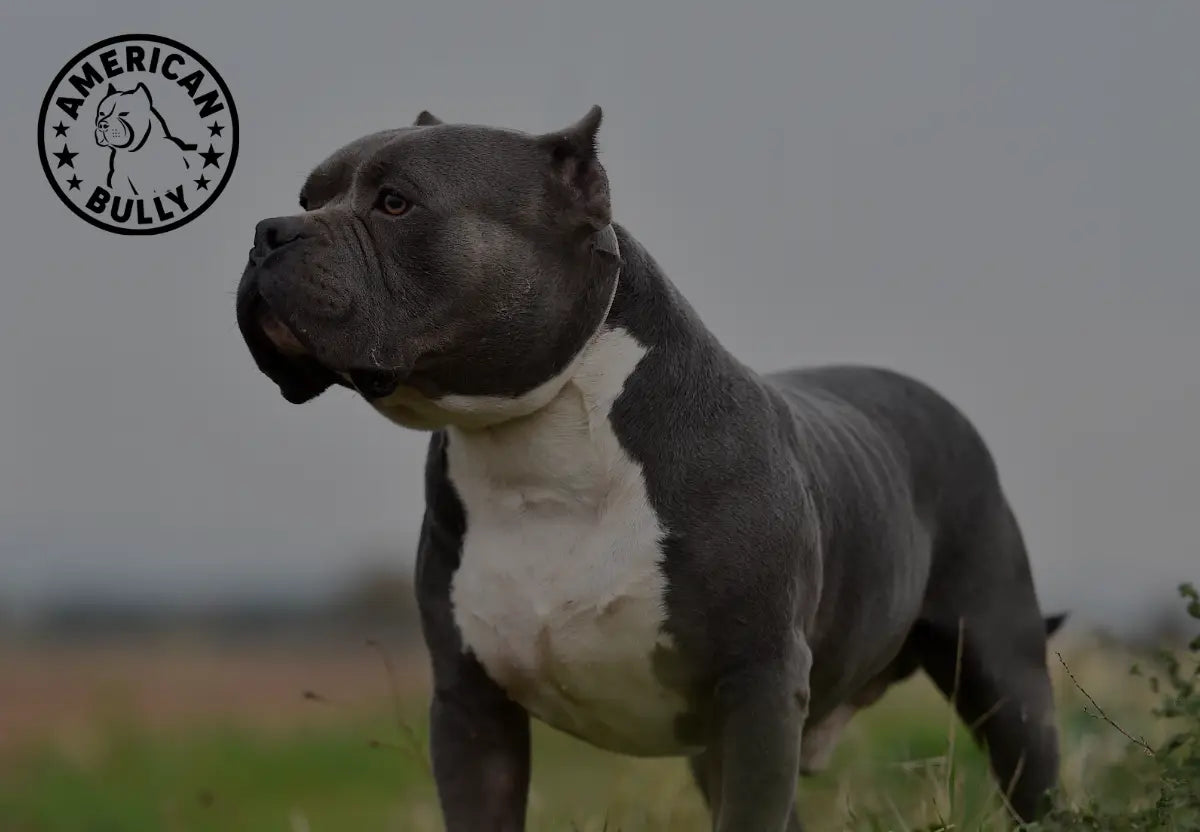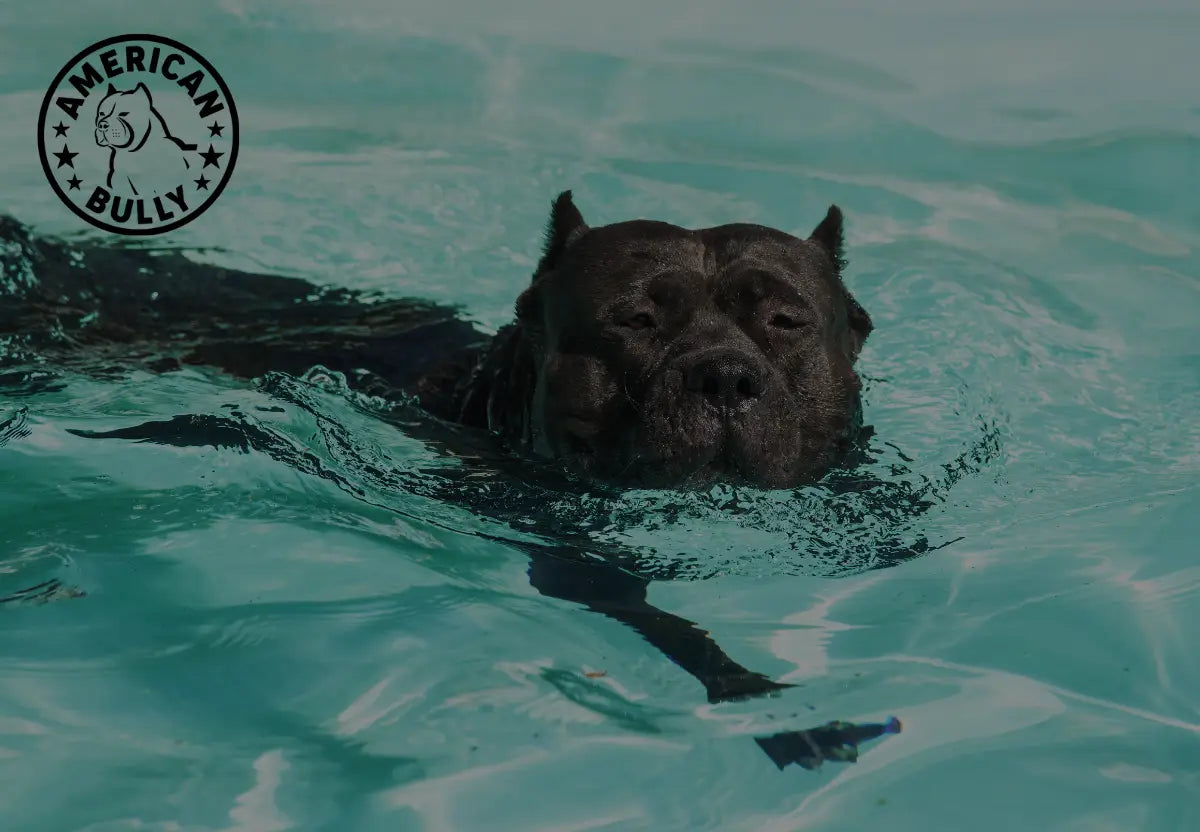Nutrition is the cornerstone of health, muscle development, energy, and longevity—especially for muscular, active breeds like the American Bully. But generic dog food formulas may not satisfy the specific needs of your Bully’s build, metabolism, and life stage. In this post, we’ll dive into how to craft an optimal nutrition plan: macronutrient balance, meal timing, dietary strategies (kibble, raw, home-cooked), and practical tips.
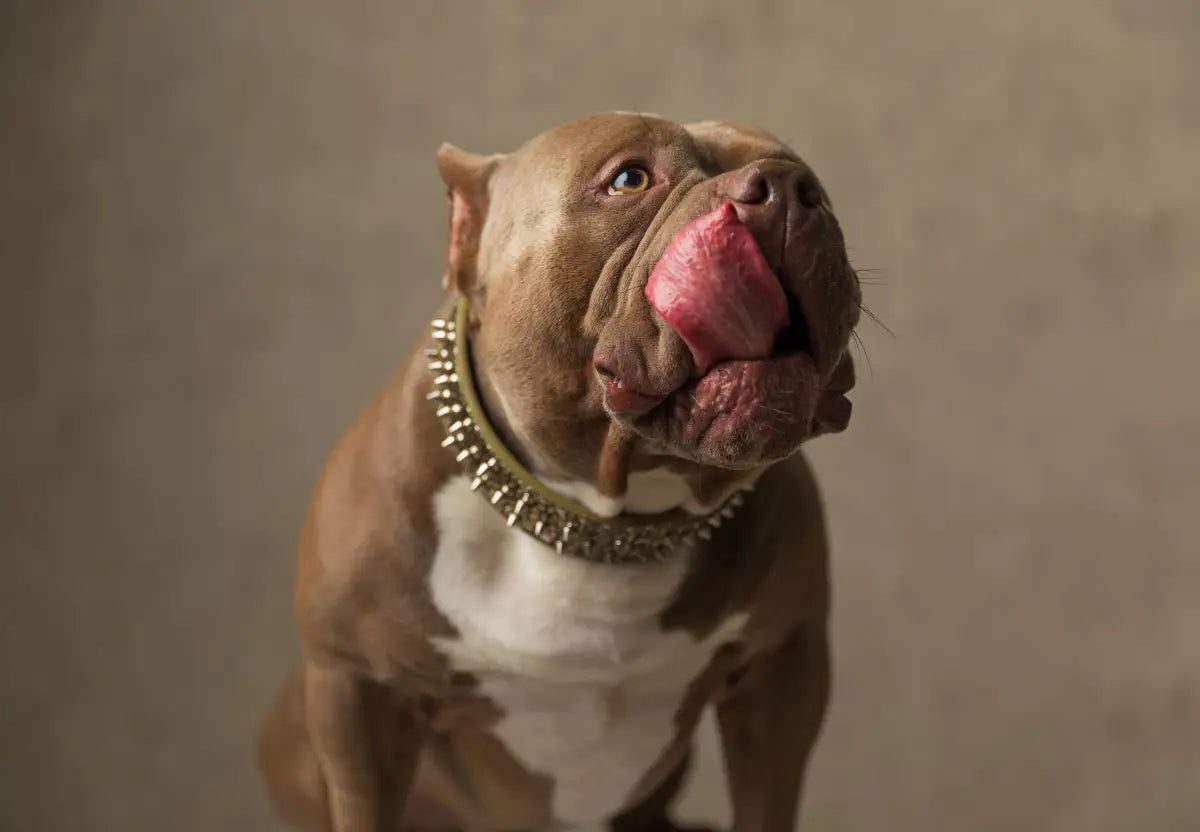
Nutritional Challenges & Considerations for Bullies
-
Muscle mass & caloric demand
Bullies often carry dense musculature, which demands sufficient protein and caloric intake to preserve lean mass. -
Joint load & support
Because of their powerful frames, they’re prone to joint stress; nutrition should support cartilage and ligament health. -
Growth phase caution
Puppies’ bones and joints are vulnerable—excessive calories or rapid weight gain can cause orthopedic issues. -
Allergies & sensitivities
Some Bullies show skin/food allergies; a diet with limited ingredients may help. -
Digestibility vs bulk
A high-quality food with digestible protein and fat is more efficient than one simply high in cheap fillers.
Macronutrient Guidelines
While individual needs vary, here is a general target range:
| Nutrient | Suggested Range* | Role |
|---|---|---|
| Protein | 25–32% (on dry matter basis) | Muscle repair, maintenance, immunity |
| Fat | 12–20% | Energy, skin & coat health |
| Carbohydrate / Fiber | remainder, ideally from quality grains or vegetables | Digestive health, energy |
| Joint support (supplements) | Glucosamine, chondroitin, omega-3s | Joint health, inflammation control |
*These ranges are general and should be tailored with a veterinary nutritionist’s input.
Feeding by Life Stage
Puppy (2–8 months)
-
Feed 3–4 small meals per day. Complete Bullies
-
Use a growth formula designed for large/athletic breeds (avoid overfeeding).
-
Monitor body condition to keep them lean but not underweight.
Juvenile / Teen (8–18 months)
-
Transition to 2–3 meals daily as growth slows.
-
Adjust calories to maintain steady growth without excess fat.
-
Continue moderate exercise, avoid high-impact or high-volume strain.
Adult (18 months+)
-
Most adult Bullies do well on 2 meals per day. Complete Bullies
-
Increase portions or meals (3+) on heavy-training or competition days.
-
Monitor condition: ribs should be felt under thin fat layer, waist visible from above.
Senior / Less Active
-
Cut back calories, maintain high protein, moderate fat.
-
Provide joint support nutrients, antioxidants, fiber for gut health.
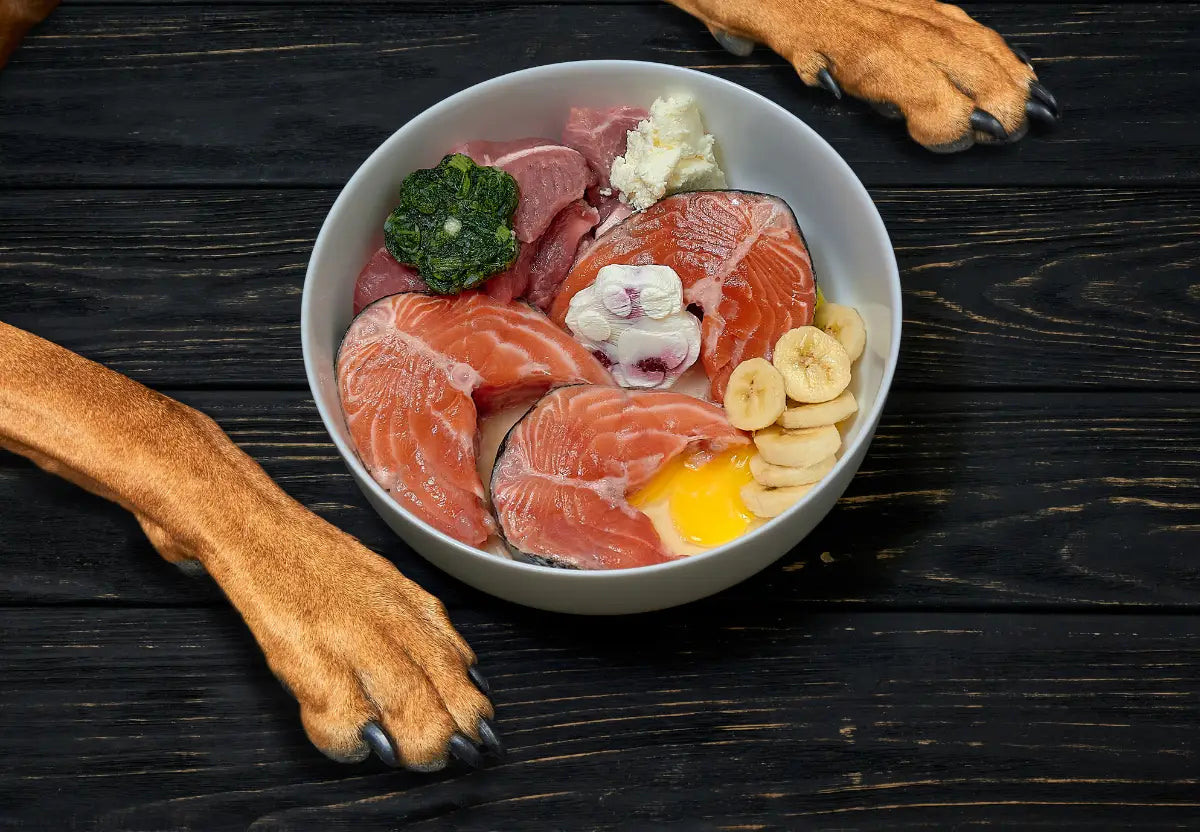
Diet Options & Pros/Cons
1. Premium Kibble (Commercial Dry Food)
Pros: Convenience, balanced formulas, ease of storage.
Cons: Variable ingredient quality; fillers; may need supplementation.
Tips:
-
Choose formulas with named animal proteins (chicken, beef, lamb) as first ingredient.
-
Avoid excessive fillers (corn, wheat, soy) if your dog shows sensitivities.
-
Add probiotics, omega-3 supplements, or raw meaty bones (if safe) for enrichment.
2. Raw / BARF (Biologically Appropriate Raw Food)
Pros: Control over ingredients, minimal processing, often greater digestibility.
Cons: Risk of bacterial contamination, balancing nutrients, cost, handling raw meat.
Many breeders feed raw diets, but it’s vital to follow veterinary guidance. Complete Bullies
3. Home-Cooked / Whole-Food Diets
Pros: Full control of ingredients; avoid allergens or low-quality elements.
Cons: Time-consuming; need to balance vitamins, minerals, fat, calcium, phosphorus.
Work with a veterinary nutritionist to avoid deficiencies.
4. Hybrid / Supplemented Diets
Combine kibble + raw + cooked, switching protein sources and mixing in supplements. Monitor carefully.
Sample Feeding Plan (for Adult Bully, ~80 lb, moderate activity)
| Meal | Portion | Example Food | Supplement / Add-ins |
|---|---|---|---|
| Breakfast | 1.5–2 cups high-quality kibble | Chicken & rice formula | 1 Tbsp fish oil, probiotics |
| Dinner | 1.5–2 cups kibble + meat | + lean beef or turkey | Green veggies (peas, zucchini) |
On training days, add ¼ cup extra food or extra meat. On rest days, reduce slightly.
Supplements & Support
-
Glucosamine / chondroitin / MSM — for joint health
-
Fish oil / omega-3 — anti-inflammatory, coat health
-
Probiotics / digestive enzymes — support gut flora
-
Multivitamin / mineral premix (if feeding raw or home diet)
-
Always consult your vet before adding supplements.

Monitoring & Adjustment
-
Body condition scoring — use a 1–9 scale or 1–5 scale
-
Muscle tone / top-line check
-
Energy levels
-
Stool quality / digestion
-
Weight checks every few weeks
-
Adjust portions up or down as needed
Special Issues to Watch
-
Food allergies / sensitivities — common signs: itching, ear infections, GI upset
-
Excessive weight — even a bit of extra fat can stress joints
-
Rapid growth — avoid overfeeding during puppy stage
-
Bone & mineral misbalance (especially on DIY diets)
-
Hydration — always provide fresh water; dogs on high-protein diets need extra water
Final Thoughts
Tailoring nutrition to your American Bully helps ensure health, muscular strength, and longevity. Whether you choose premium kibble, a raw diet, home cooking, or hybrid, the keys are quality ingredients, balanced nutrition, careful monitoring, and adjustments over time. Combine a smart diet with training, rest, and joint care—and you’ll give your Bully the foundation to thrive.

